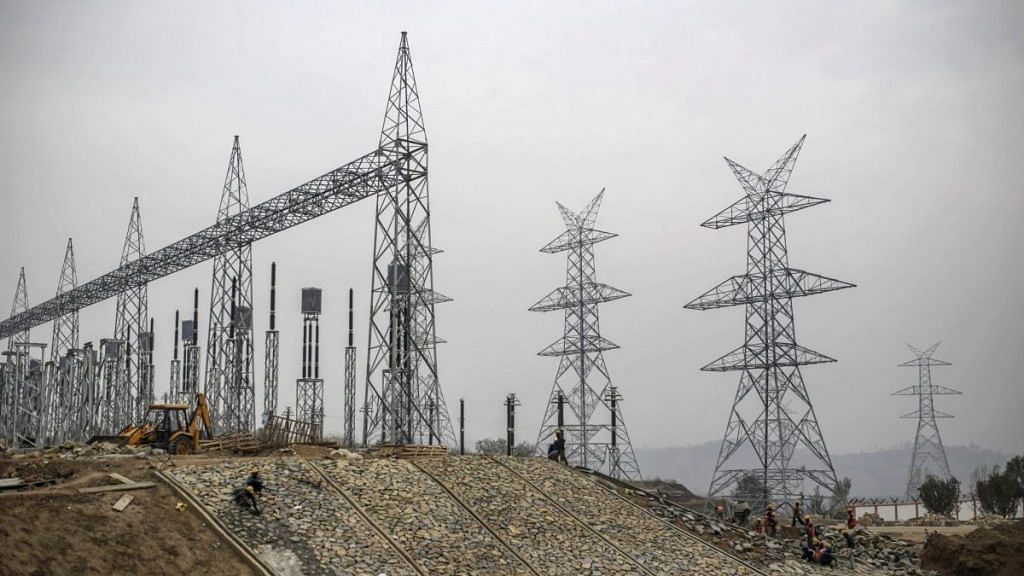New Delhi: The Narendra Modi government’s ambitious Ujwal DISCOM Assurance Yojana, or UDAY, to address the power sector’s woes will hurt state government finances much more than what was initially envisaged, the Reserve Bank of India (RBI) has said in a report.
The budgets of states like Uttar Pradesh, Telangana, Rajasthan, Jharkhand and Andhra Pradesh are at a greater risk due to the scheme, highlighted the RBI report on state government finance released earlier this week.
Failure of the state utility companies to stem their losses as well as the rising state guarantees to loans taken by state owned firms operating in the power sector from financial institutions could prove to be a risk to state government finances. It will weigh on their debt sustainability in the medium term, said the central bank report.
It also pointed out that finances of many states may not be in a position to bear the burden of invoking of the state guarantees in the event of a default by the state public sector enterprises.
The UDAY impact
Under UDAY, state governments were to take over 75 per cent of the utilities’ debts and include it in their fiscal deficit calculations. In turn, the utilities were to meet certain financial targets such as reducing their aggregate technical and commercial losses to less than 15 per cent, and narrowing the gap between the cost of supply of power and revenue realised to zero.
However, many of the distribution utilities have not managed to meet any of these operational targets as of end 2018-19.
“While the impact of UDAY on state finances from interest payments and redemptions is predictable, the impact of future losses takeover is inherently uncertain as it is dependent upon the realised financial performance of DISCOMs,” said the RBI.
The numbers
According to the agreement at the time of UDAY’s rollout, state governments were mandated to fund a progressively greater share of discom future losses from their own finances and prevent ballooning of losses on the latter’s books.
The central bank said the impact of this provision on state finances could increase significantly in 2019-20 and 2020-21 on account of higher losses to be funded. It emphasised the need for states to take the necessary steps for the “turnaround of DISCOMs and to eliminate revenue gaps in a time-bound manner”.
States have to take over 50 per cent of the discoms’ debt by 2020-21, as against 25 per cent in 2019-20 and 10 per cent in 2018-19.
“Going forward, states might have to take over higher losses of DISCOMs if they do not show a turnaround in their financial performance and this will inevitably take its toll on debt sustainability in the medium-term,” the central bank said.
Discoms have not been able to bring down their losses as most have not been able to bring about metering and collection efficiency. In addition, waiver of power bills or reduction in tariff for farmers by the state governments is also not helping the discoms.
Also read: How the Modi govt can stabilise India’s crisis-hit NBFCs
